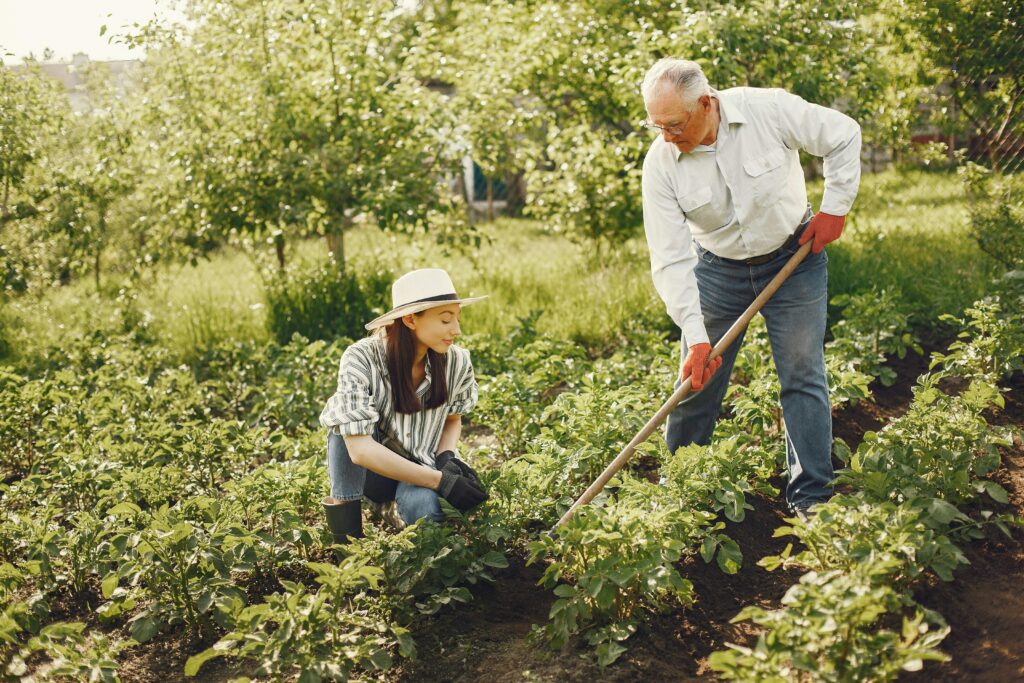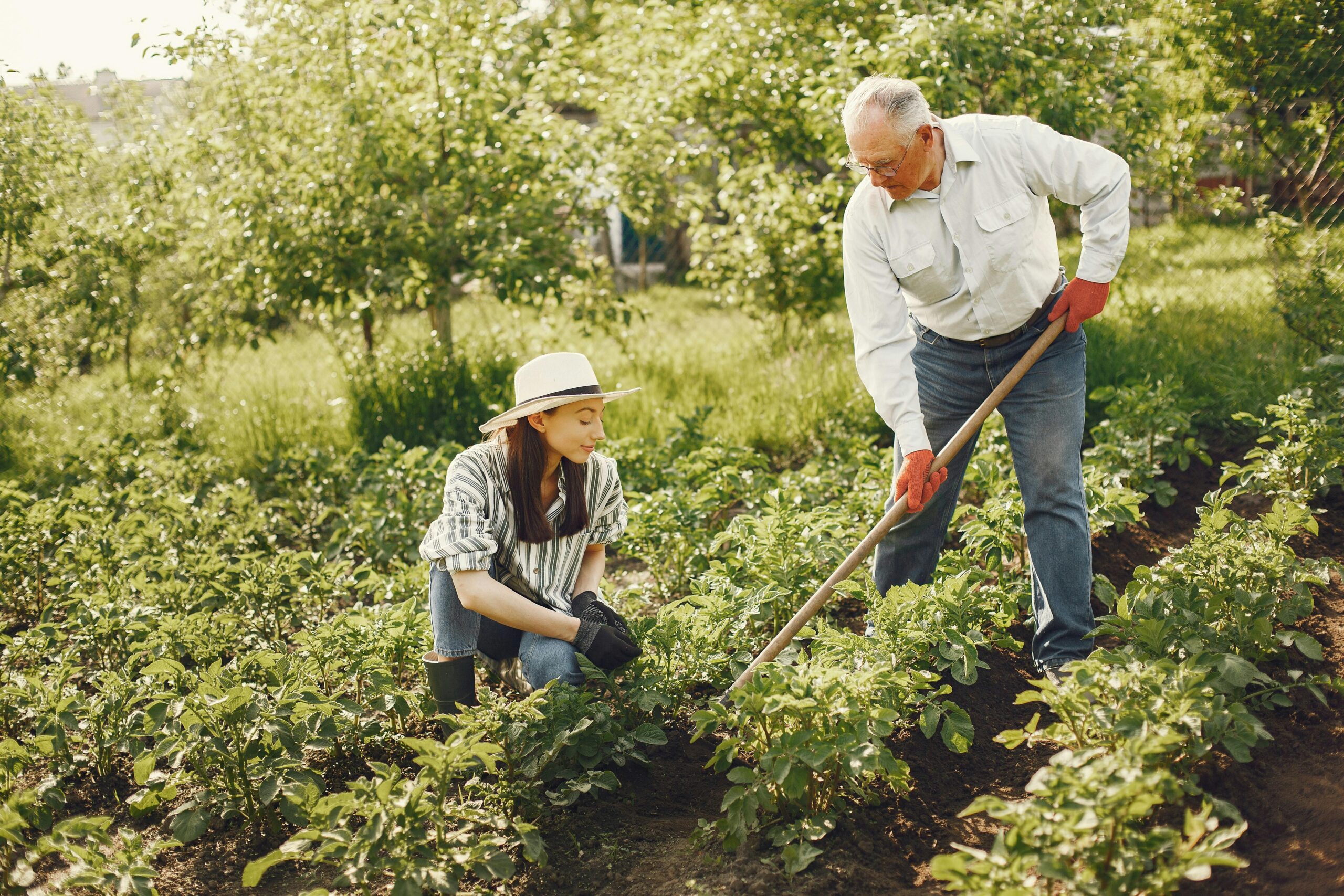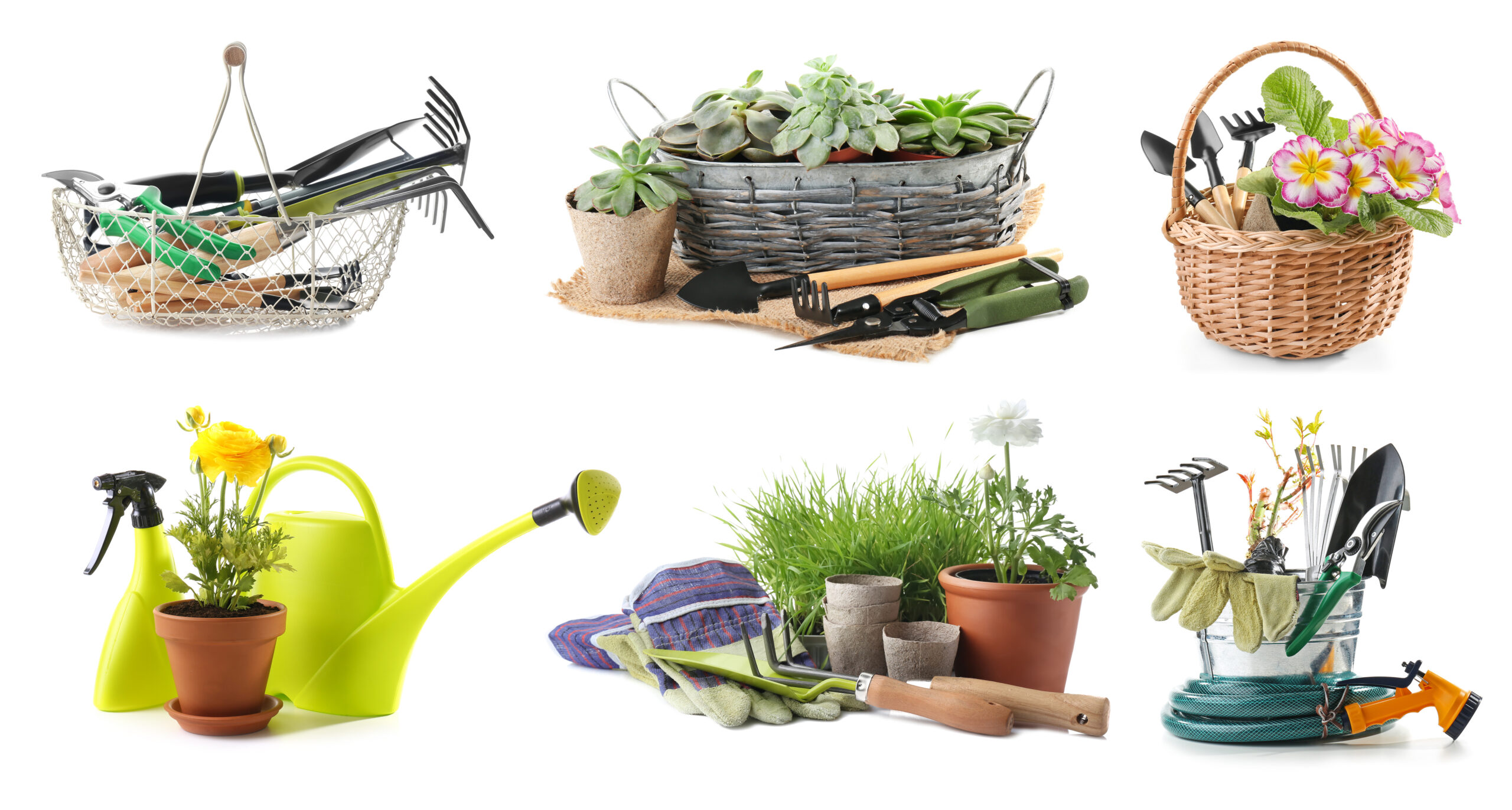
Starting Small: The Key to Success
For those new to vegetable gardening, starting small is crucial. A manageable garden allows you to learn the basics without becoming overwhelmed. Begin with a few easy-to-grow vegetables that you enjoy eating, such as tomatoes, lettuce, radishes, and beans. This focused approach helps you pay close attention to the plants’ needs and learn the gardening process step by step.
Choosing the Right Location
Most vegetables thrive in full sun, requiring at least six to eight hours of direct sunlight per day. Observe your outdoor space to find the sunniest spot for your garden. If you’re limited by shade, consider shade-tolerant vegetables like leafy greens or root vegetables. Good drainage and access to water are also essential for a successful vegetable garden.
Preparing the Soil
Vegetables grow best in rich, well-draining soil. Start by clearing the area of weeds and debris, then work the soil by turning it over to a depth of about 12 inches. Amend the soil with compost or well-rotted manure to improve fertility and texture. A soil test can provide valuable information about your soil’s pH and nutrient levels, allowing you to make necessary adjustments for optimal plant growth.
Planning Your Garden Layout
Consider the size and growth habits of your chosen vegetables when planning your garden layout. Taller plants like tomatoes and corn should be placed so they don’t shade shorter plants. Use companion planting guides to determine which vegetables grow well together, enhancing growth and deterring pests. Leave enough space between plants for air circulation and growth, following the spacing recommendations on seed packets or plant tags.
Starting Seeds or Buying Transplants
Some vegetables, such as peas and carrots, are best sown directly into the garden, while others, like tomatoes and peppers, benefit from being started indoors or purchased as transplants. Starting from seed is more cost-effective and offers a wider variety of choices, but transplants can give you a head start on the growing season. Consider your climate, the length of your growing season, and your level of gardening experience when deciding between seeds and transplants.
Watering Wisely
Vegetables need consistent moisture to thrive, especially during dry spells. Water deeply and less frequently to encourage deep root growth, and water in the morning to reduce evaporation and the risk of disease. Mulching around your plants with organic materials can help retain soil moisture, suppress weeds, and keep the soil cool.
Monitoring for Pests and Diseases
Regularly inspect your vegetable plants for signs of pests and diseases. Early detection is key to managing problems before they escalate. Practice organic pest control methods, such as encouraging beneficial insects, using barriers or traps, and applying organic pesticides only as a last resort. Crop rotation and proper sanitation, such as removing diseased plant material, can prevent many common garden problems.
Enjoying the Harvest
The most rewarding part of vegetable gardening is harvesting and enjoying the fruits of your labor. Harvest vegetables at their peak for the best flavor, and continue to pick regularly to encourage more production. Experiment with different ways to prepare and preserve your harvest, and consider saving seeds from heirloom varieties for next year’s garden.
Vegetable gardening for beginners is a journey of learning and discovery. By starting small, preparing your soil, choosing the right plants, and caring for your garden with attention and patience, you can enjoy the satisfaction of growing your own food and nurturing a productive, healthy garden.



